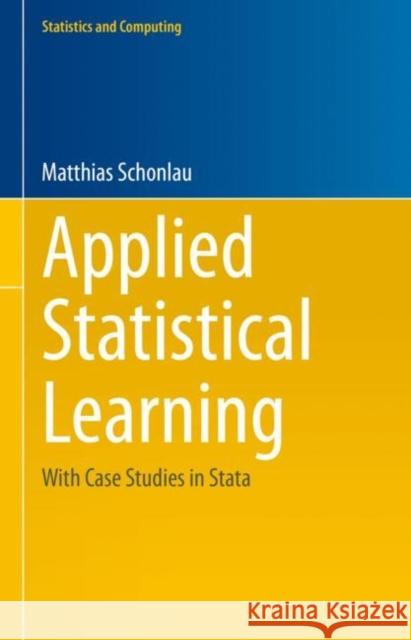Applied Statistical Learning: With Case Studies in Stata » książka
topmenu
Applied Statistical Learning: With Case Studies in Stata
ISBN-13: 9783031333897 / Twarda / 2023 / 332 str.
Applied Statistical Learning: With Case Studies in Stata
ISBN-13: 9783031333897 / Twarda / 2023 / 332 str.
cena 483,04
(netto: 460,04 VAT: 5%)
Najniższa cena z 30 dni: 462,63
(netto: 460,04 VAT: 5%)
Najniższa cena z 30 dni: 462,63
Termin realizacji zamówienia:
ok. 22 dni roboczych
Dostawa w 2026 r.
ok. 22 dni roboczych
Dostawa w 2026 r.
Darmowa dostawa!
Kategorie:
Kategorie BISAC:
Wydawca:
Springer International Publishing AG
Seria wydawnicza:
ISBN-13:
9783031333897
Rok wydania:
2023
Ilość stron:
332
Wymiary:
23.5 x 15.5
Oprawa:
Twarda
Dodatkowe informacje:
Wydanie ilustrowane











